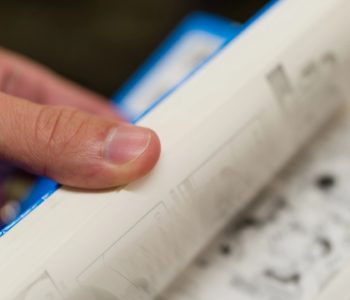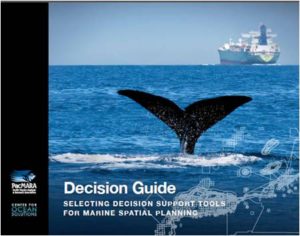
Marxan Good Practices Handbook
PacMARA facilitated production of the Good Practices Handbook when our members began to see repeating patterns, successes, and failures in Marxan use. Practitioners were tackling the same issues, and were largely learning by doing, over and over again. The time had come to begin learning from one another about what works and what does not, and to develop preferred approaches – the good practices of Marxan use.
With nothing like it previously published, the first edition was tentative in our initial findings and prominently displayed a disclaimer to invite comments and criticisms. In the intervening years, we have perhaps become a little bolder in our recommendations. Much of what was written has demonstrated its pertinence in practice, and moreover, no one has written to dispute the suggestions of our original 25 authors and three editors, except for a few technical corrections.
In this edition, we have addressed user-observed gaps in a number of new text boxes, discussing such relevant issues as dealing with differently sized planning units (trickier than previously assumed) and detecting edge effects. While some gaps have now been filled, others still remain. A large gap that we have decided to leave open for now is regarding good practices in the use of Marxan with Zones. It was felt that the tool is still too new, with too few practical applications, to yet be able to discern good practices. To that end, we once again reach out to you, dear readers, to send us your experiences unique to Marxan with Zones, as well as any other insights you might wish to share about the use of Marxan generally. As these intervening years have demonstrated, there are still a lot of issues lurking about needing better attention!
